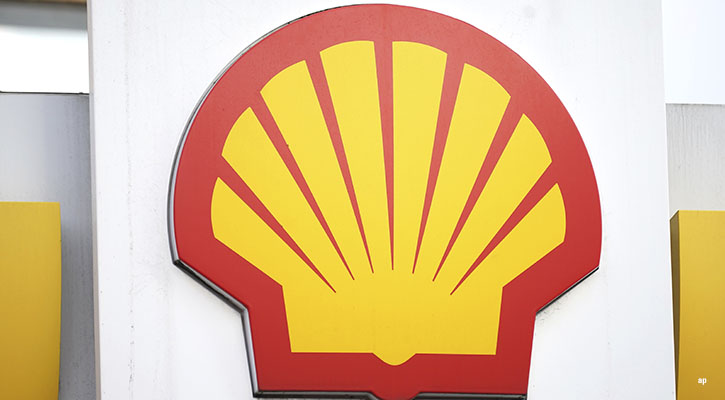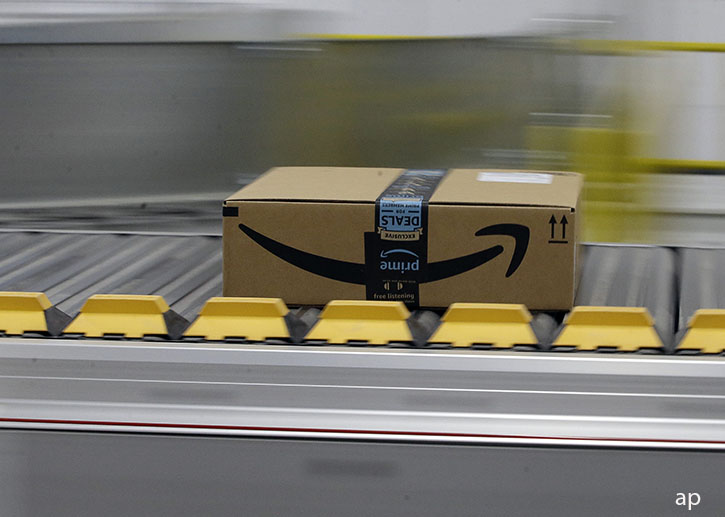The Macondo blowout was a game-changer for the oil and gas industry, which is still dealing with the impact a year later. There have been numerous industry changes, from the dismantling of the Minerals Management Service to almost unprecedented industry collaboration to create subsea containment systems for the Gulf of Mexico. We believe BP (BP.) will continue to struggle with reputational and operational issues, and Anadarko (APC), Transocean (RIG), Halliburton (HAL), and Cameron (CAM) still face unresolved legal questions. In our view, a bad cement job was likely the key cause of the blowout, but there were numerous errors made by many parties. As a result, we expect global deepwater drilling standards to gradually be upgraded over time, which should eventually benefit services companies and drillers by forcing more services to become standard operating practice around the world, as well as pushing day rates higher for advanced rigs with the latest safety equipment.
Failing to Prepare Is Preparing to Fail
The industry was unprepared to handle the spill. There's no doubt that the Horizon spill was a game-changer and a wake-up call to the global oil and gas industry. ExxonMobil (XOM) and the other majors claimed that they would have never designed the ill-fated Macondo well the way BP did, but the blowout caught the entire industry off guard, leaving it unprepared to deal with the aftermath. Numerous oil response plans were shown to be generic copies of the same outdated plan that was wholly inadequate to handle today's deep-water wells. Newly empowered regulators quickly moved to enforce tougher offshore drilling standards in the Gulf of Mexico, while the industry created better oil response systems such as the Marine Well Containment Company.
In the aftermath of Macondo, we believe that the oil services companies and equipment firms are likely to benefit from providing more standardised services and upgraded rig equipment. The operators should eventually face well cost inflation of around 20%, thanks to the new regulations, and longer development timelines. However, despite these setbacks, deepwater remains a critical component of our global oil supply, and we view the secular and still-lucrative trend towards developing more deepwater fields as intact.

Macondo has forced industry changes. There have been three key industry changes since Macondo. First, the oil and gas industry has collaborated on systems for capping out-of-control wells with the creation of the Marine Well Containment Company and Helix's (HLX) containment system. Second, the Minerals Management Services (MMS) has been dismantled in favour of two new agencies to eliminate longstanding conflicts of interest. The two new agencies are the Bureau of Ocean Energy Management, Enforcement and Regulation (BOEMRE) which handles enforcement, and the Office of Natural Resources Revenue, which handles the revenue collection function. Third, new regulations from the BOEMRE include independent certification for the BOPs, better oil spill response plans, and requirements for subsea containment systems. We believe that the industry is unhappy over the permit issuing pace, and what appear to be numerous instances of regulators "moving the goalposts". Despite the industry’s concerns, it likely quietly agrees with the substance of the reforms.
BP One Year On
The impact of Macondo on BP has been severe. After repeated failures, BP finally capped the well on July 15, 2010, and the well was declared dead on September 19, 2010. BP has taken a $41 billion pretax charge for costs relating to the spill, and already has agreements in places for $24 billion in asset divestitures as part of a $30 billion asset disposal plan. We believe the financial impact to BP is manageable, and it has even restored its dividend. So far, BP remains on track with asset sale goals with limited impact on the firm’s upstream growth potential. We like how BP has carved out largely noncore upstream properties with agreements in place that only add up to about 9% of total production. We need to see BP stay on course with asset sale plans, which include UK and refinery assets to raise cash to cover lingering oil spill costs. Potential civil penalties under the Clean Water Act could range from $5 billion to $18 billion. Since BP has only reflected the low end of this range in its $41 billion pretax charge, another $13 billion could be charged in the future if authorities assign the maximum civil penalty to BP.
In our view, the long-term management of its reputation and its relationship with regulators around the globe are critical to BP's future. Given the company's numerous mistakes (both reputational and operational) over the past year, including the mismanaged BP/Rosneft deal, BP's long-term bargaining position with national oil companies may be weakened. We view the Rosneft deal as a major misstep for CEO Bob Dudley, but we’re encouraged to see a steady stream of new projects from joint development agreements in Indonesia, China, and Azerbaijan to winning offshore exploration bids in Australia and the North Sea. In particular, BP’s joint venture agreement with India’s Reliance Industries to purchase a 30% stake in 23 oil and gas blocks for $7 billion is worth monitoring. In the US, we believe BP’s offshore Gulf of Mexico operations will remain under scrutiny by US regulators. The firm’s decision to pledge its overriding royalty interests in several Gulf of Mexico fields may garner support to develop these fields, and shifting the operator role to Hess at Tubular Bells may facilitate regulatory approvals. While this suggests BP is making headway in regaining its reputation with governmental entities, the firm may need to be more creative in forming major growth projects in order to restore its reputation, and return to production growth over the next few years.
The above are excerpts from a Morningstar Institutional Equity Research report, written by Jason Stevens, Associate Director, Energy; Stephen Ellis, Senior Analyst, Services; Allen Good, Senior Analyst, Majors & Refiners; Mark Hanson, Equity Analysts, E&P; and Cathy Milostan, Equity Anayst, Majors & E&P contributed to this note.
Morningstar Institutional Equity Research Services
Independent. Actionable. Rigorous.
Insightful investment ideas.
With nearly 100 equity and credit analysts, Morningstar is one of the largest independent sources for equity and credit research in the world. Our analysts evaluate companies using a proprietary methodology built on fundamental analysis that scrutinises a company’s sustainable competitive advantages. The strong performance of our ratings speaks for itself: The Morningstar® Wide Moat Focus Index has returned an annualised 14.94% since its inception in September 2002. This index tracks 20 stocks with a Wide Economic Moat™ Rating trading at the most significant discounts to our Fair Value Estimates.























